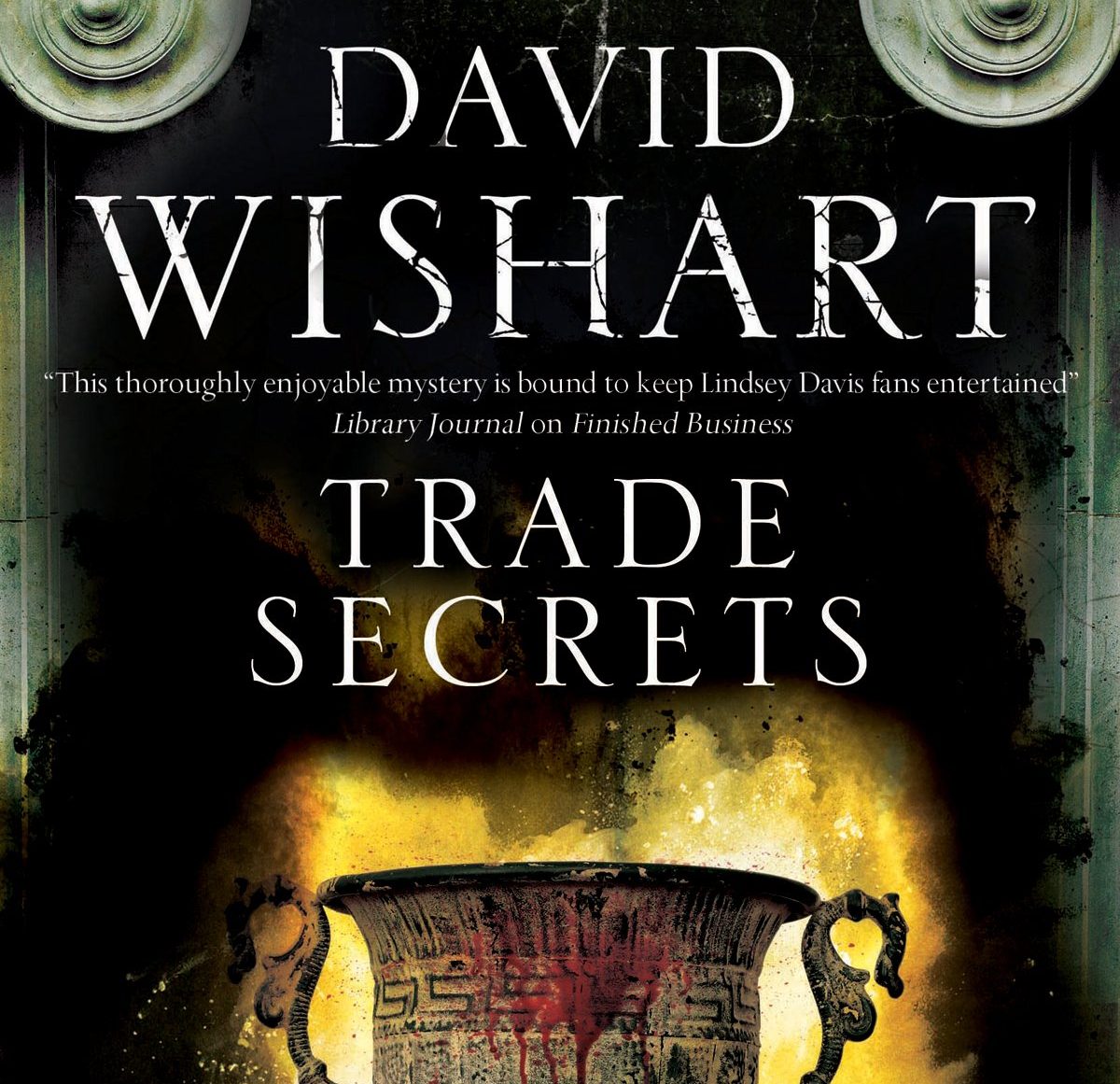
But they still need to be fully investigated, understood, and remediated, with or without litigation. In today’s dynamic, digital business environment, these events arise with ever-increasing frequency and severity – and often with no knowledge of senior leadership and no malicious intent. You can also seek money damages for any financial losses you suffered due to the misappropriation and you may be able to recover the profits the defendant obtained with your stolen trade secret.Clients rely on us to help when their trade secrets may have been mishandled, and when they may have come into improper contact with another company’s trade secrets. If you file a lawsuit, the court can prevent further disclosure of your trade secret with an injunction. New York law also requires that the use of the trade secret be continuous in the operation of a business, not a one-time thing. In order to be liable for misappropriation, the person who uses your trade secret information must have either: 1) obtained the information improperly, such as through corporate spying or 2) used the trade secret, which arose from a breach of confidence, such as where trade secret information was obtained through an employment relationship. Not all uses of trade secrets are considered misappropriation. If someone steals or uses your trade secret without your permission, it is called a “misappropriation” of trade secret. If the information is distributed to the public, it is no longer confidential and loses its trade secret protection forever. The actions you have taken to guard the secrecy of the informationĪ trade secret is entitled to protection for as long as it is kept a secret.The difficulty for others to get or create the information.The amount of money you have spent in developing the information.Whether the information is known only to your employees and people in your business.Whether the information is known outside of your business.The value of the information to your business and your competitors.In New York, courts look at six factors to determine if information should be considered a trade secret: In general, a trade secret has three parts: (1) information (2) economic value from not being generally known by others, and (3) reasonable efforts have been taken to protect the trade secret. Although it is the subject of current discussions in Congress, there is no uniform federal trade secret law, but the Economic Espionage Act of 1917 allows the government to punish thefts of trade secret by fines and/or imprisonment. Instead, all trade secret protection in New York comes from the common law. New York State does not have any statutes covering trade secrets and is one of only two states that have not adopted the Uniform Trade Secrets Act. Trade secrets are governed by both state law and federal law. Sometimes it is referred to as “know-how.” Examples of trade secrets include the formula for hair conditioner, the process for making a vaccine, or the recipe for a cookie. A trade secret can be a recipe, process, formula, strategy, technique or device that your competitors do not know, do not have, and cannot use.


+ Consumer Contracts for Certain Services.Starting a Business – Business Structure & Incorporation.Corporations & Limited Liability Companies.Common Defenses in Breach of Contract Cases.


 0 kommentar(er)
0 kommentar(er)
